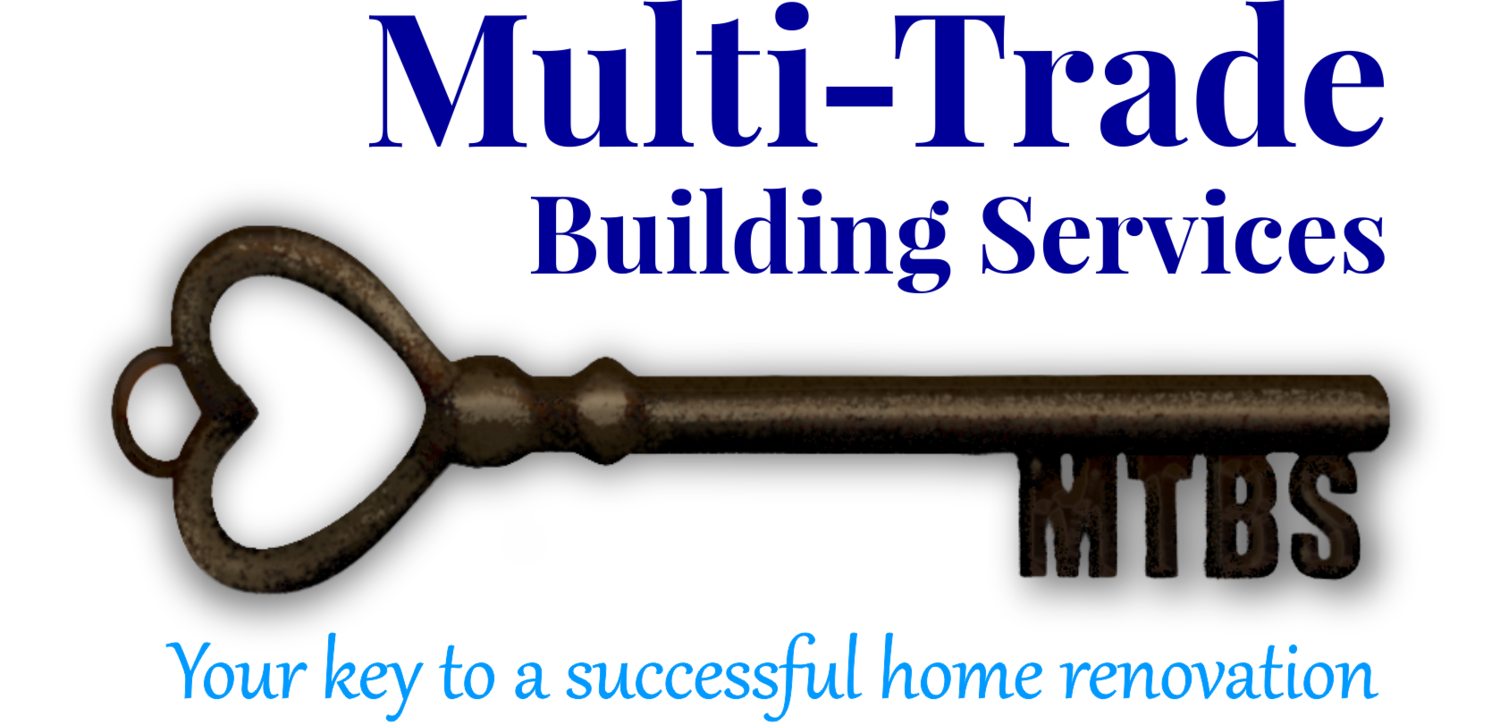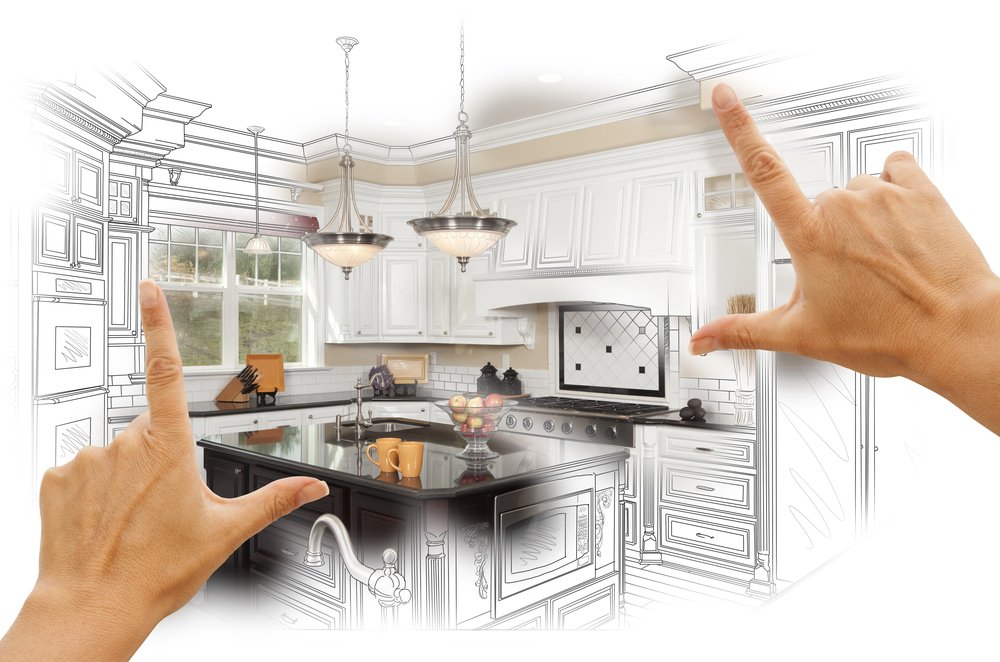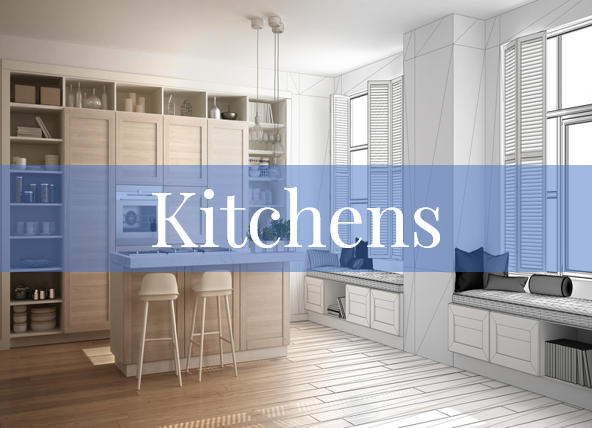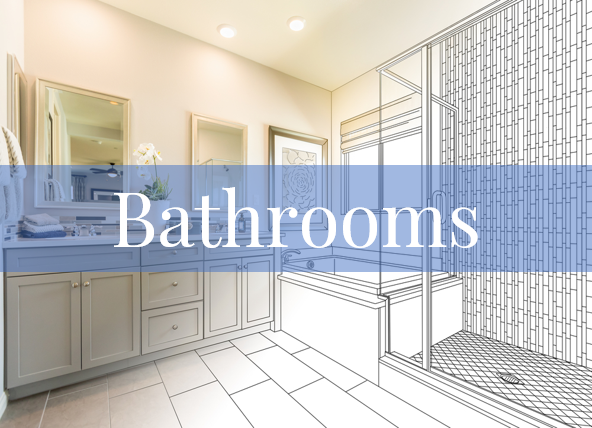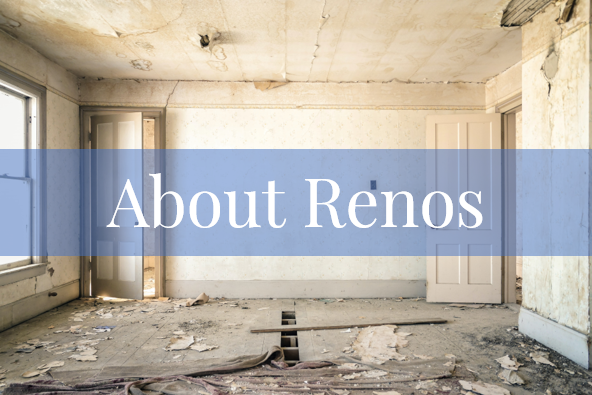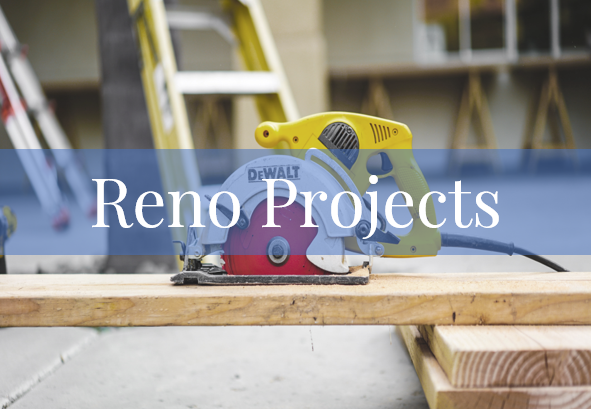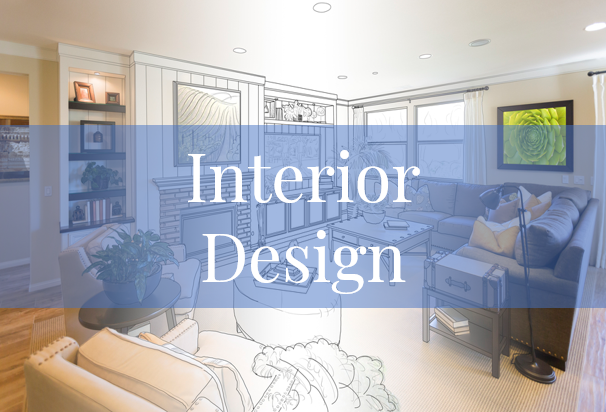Creating a Multi-Generational Home
/For many reasons, multi-generational homes are becoming more popular. Adult children and their kids are moving back home to live with their parents. Elderly parents are moving in with their adult children. There are advantages and disadvantages to multi-generational living, but in most cases, the positive far outweighs the negative. We explore what forms the basis of multi-generational living, discuss the pros and cons, and talk about the ways you can transform your home to make it a comfortable space for all generations living under one roof.
Prefer to listen?
What is Multi-Generational Living
Over the past several years, many of our clients have called to talk about a change in their living conditions. Some have elderly parents who are moving in with them. Others have adult children who have finished university or college but need to move back home because the cost of owning a home is currently out of their reach.
There are other terms associated with multi-generational living, such as cross-generational or intergenerational responsibility. Parents of millennials who are taking care of aging or ailing parents plus their millennial children are referred to as the Sandwich Generation. A term used to describe adults who are 'sandwiched' between their aging parents and their own maturing children. And now, there is even a term for those in their 50s or 60s with elderly parents, adult children, and grandchildren, or those in their 30s and 40s with young children, aging parents, and grandparents: the club sandwich. Another mainstay contributor to the need for multi-generational living is Boomerang Kids, which are named for adult children who choose to return to sharing a home with their parents after previously living on their own.
One client said to me,
“You’ve got to help me get some privacy so we don’t kill each other.”
Of course, she was joking around, but there was some element of sincerity to her comment.
For her, she and her husband had been on their own for over 10 years, and now her elderly parents were going to be moving in. They could still be somewhat independent, but they couldn’t live on their own any longer. She felt better having them in her home, where she could be close by to help them as needed. Right now, they are living in the same space as she and her husband. All they had that they could call their own was a bedroom. Our client wanted her parents to have their own space with a living room, bathroom, and bedroom.
This is what multi-generational living is all about: the necessity of having another generation move in with you to fill a need. However, in most cases, it’s absolutely essential that each generation have their own space to maintain some level of independence and privacy for all.
It’s not always the person who is moving in who is the 'needy' one. One of our clients called me in tears one day. We had done a lot of work for this couple over the past 10 years. They were loyal and great clients. Both she and her husband worked for the same company. Unfortunately, the company was shutting down Canadian operations, and both she and her husband would be out of work by the end of the month. After many tearful conversations, it was decided that her Mom would sell her house and move in with them to share expenses and ensure they didn’t lose their home. However, my client wanted to ensure that her Mom felt she still had her own space, so we converted the basement into an 'in-law suite'.
Advantages and Disadvantages of Multi-Generational Living
Advantages
In essence, the definition of a multi-generational home is a home that delivers private spaces for independent living while remaining connected to the main home. This is where it differs from simply creating a basement apartment that you rent out to strangers. With a multi-generational home, there is still that connection to the main home.
There are so many advantages to creating a multi-generational home. It can minimize friction between family members when they each have their own space to live in. If you have family members that move in with you and all you provide them with is a bedroom to sleep in, it means you will be sharing the rest of your home with them. It’s hard to get 'time outs' if each generation doesn’t have their own space.
Multi-generational living can help create strong bonds between family members. Being around your family will strengthen bonds that already exist. This is especially important for seniors, who often suffer from depression or loneliness in their later years. Living your final years amongst loved ones helps improve quality of life and extend life span.
Help with child care is another advantage. More often than not, when elderly parents move in, they usually help out with child care. Even if it just means that Mom and Dad can get an evening to themselves while the kids watch movies in Grandma and Grandpa’s living room, it can make a world of difference in maintaining a level of sanity for Mom and Dad. One of our clients was able to save thousands of dollars a year because she no longer needed to take her children to daycare when she and her husband went to work. In exchange for a loving, safe place to live, her parents were more than happy to take over babysitting duties.
This leads to another big advantage of multi-generational living: financial. In most cases, when adult children or elderly parents move in, they will contribute financially to the household. Some will offer money from the sale of their home to help pay down the mortgage on their new home. Others will pay 'rent', while others will do tasks like babysitting, lawn care, or house cleaning that might otherwise have been sourced out at considerable cost. The financial benefits of multi-generational living are usually quite substantial.
Disadvantages
There are a few disadvantages to multi-generational living. The most obvious one is that some element of privacy and independence is lost for all individuals involved. For some, having privacy is very important, and suddenly having other people living in their home can feel very uncomfortable.
Another disadvantage is that if your home is quite small, trying to create a multi-generational living space can be quite a challenge. Optimally, you want to have a private bedroom and bathroom, a private kitchen or kitchenette, and a small living room area. If you have a small home or a large immediate family, it can be difficult to make this work.
The other disadvantage is that there is a cost involved in renovating the space to create enough privacy and independence for the generation moving in. Sometimes this can mean taking out a line of credit or financing the project in other ways in order to pay for it.
We had one client who had been saving to have her basement finished. She had moved into a new home five years ago and wanted to finish the basement. She got a ballpark estimate from us so she would know how much she needed to save. She had quite a bit saved already, but suddenly her Mom took ill and would no longer be able to live on her own. As her Dad’s health wasn’t great either, she knew it meant putting them into a retirement home or having them move in with her. It accelerated her basement plans quickly. She needed it done immediately and had to take out a line of credit for the balance she didn’t have saved.
Renovating Your Home for Multi-Generational Living
In most cases, a basement or part of a basement will be converted into a private space for the family member to move into. When it’s an elderly parent that’s moving in, consider what their current or anticipated mobility is. If they will be living in your basement, are they able to climb the stairs required to get to their living quarters? Unless you have ground access directly into the apartment, this factor needs to be considered.
When mobility becomes a problem, there are other options as well. Stair lifts offer easy and safe access to other levels of the home.
To create an in-law suite in an unfinished basement, it’s very simple to utilize the space to create a bedroom, bathroom, and living room. A small kitchen or kitchenette is usually very feasible to install in an in-law suite. A full fridge, stove, sink, and some upper and base cabinets provide a full-use kitchen.
There are instances where a full kitchen doesn’t make sense. It may not be safe for your elderly parents to cook their own meals in an oven. One client had her mother move in with her. She suffered from Alzheimer's, and our client couldn’t be sure her Mom would remember to turn off the stove when she was done with it. For a different client, we were creating a basement apartment for her adult son. He didn’t even know how to cook, so it made no sense to put a full kitchen in the basement.
In both of the examples above, we installed a kitchenette. This involved a couple of base and upper cabinets (about 6’ total), a single sink, a small fridge, and a microwave. This still allowed simple meals such as breakfast and sandwiches or soup for lunch to be made in their own private space. For the adult son, he would purchase frozen meals already cooked from a local chef and then just heat them up in his microwave.
Multi-generational homes can also be created without moving family members into the basement. In one project we did several years ago, we converted the dining room into a bedroom and the main floor laundry room into a bathroom. The laundry facilities were relocated to the basement, and our client’s Mom was able to move into the new main floor bedroom and bathroom. Her Mom was unable to cook for herself and, because of health issues, was unable to manoeuvre stairs, so this solution made sense.
In order to ensure our client still had some space to call their own, we renovated their basement to create a media room (a living room set up for big screen movie watching plus an incredible stereo system), a powder room, and a kitchenette/bar. When our clients needed some time away, they just escaped to the basement for a few hours of decompression.
Many outdoor structures can also serve as a space to be repurposed for multi-generational living. Attached or detached garages, sheds, playhouses, storage buildings, garden structures, private studios, boat houses, pool houses, cabanas, or other similar residential buildings can all be converted into private living spaces for the generation moving in.
Something to always keep in mind when you are planning for an elderly parent to move in is the requirement for them to age in place. You may need to consider grab bars, wider doorways, or anti-slip flooring. For more information on aging in place, read our full blog post on the subject.
You will also want to ensure that your utilities, such as electrical, gas, and water, are sufficient to handle the additional people who will be living in the home. If six people will now be having morning showers, is your hot water tank big enough to handle it? If you’re planning to put a full kitchen in the in-law suite, will your electrical panel have enough power to support it?
Multi-generational living is the way of the future. Consider yourself a candidate if:
You need to care for an aging parent who can no longer live on their own
You have an adult child who needs to live at home to save money
You want your parents close by so they can experience their grandchildren growing up
You need financial help with the expenses of the household
You need help with child care, and grandparents are willing to help out
You have an adult child who has had a change in their life (e.g., divorce) and needs to move back home
If you live in Durham Region or Clarington, Ontario, we would be happy to assess your home and help you determine what possibilities it might offer for multi-generational living. The advantages are numerous, and we’d be happy to provide you with some ideas on how you can make it work for you. Click here to set up an appointment time to meet with our experts.
